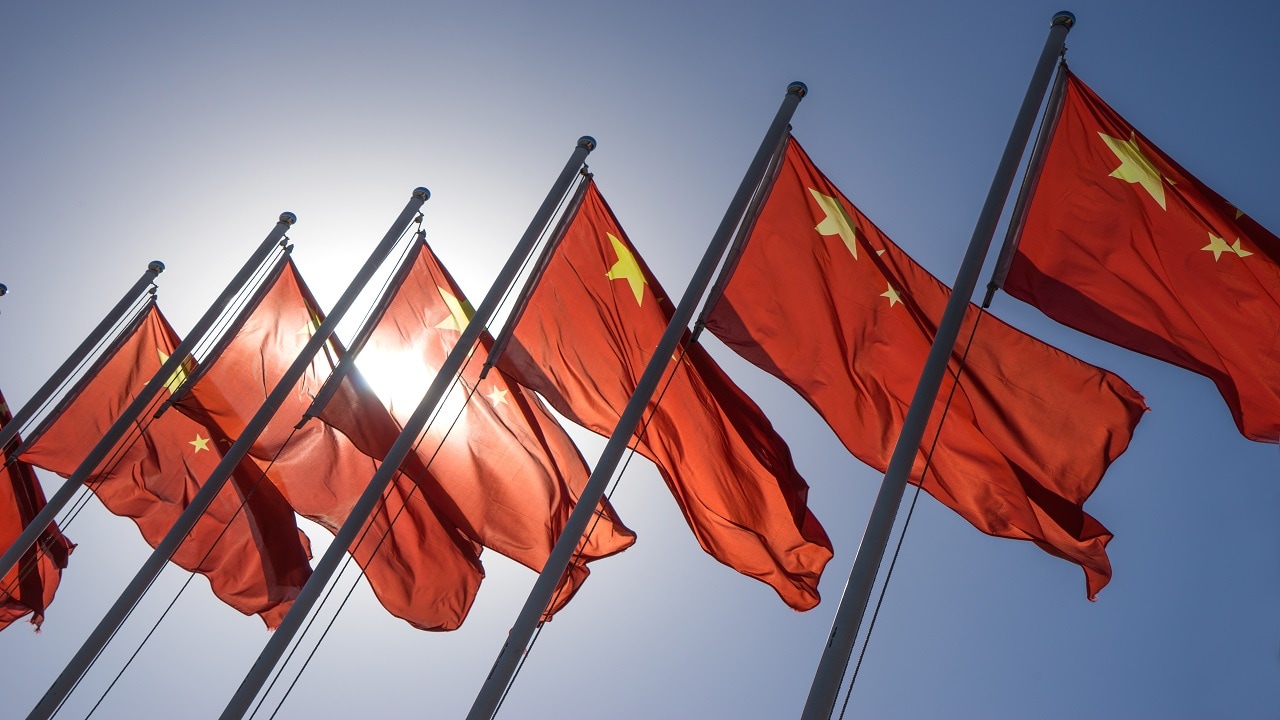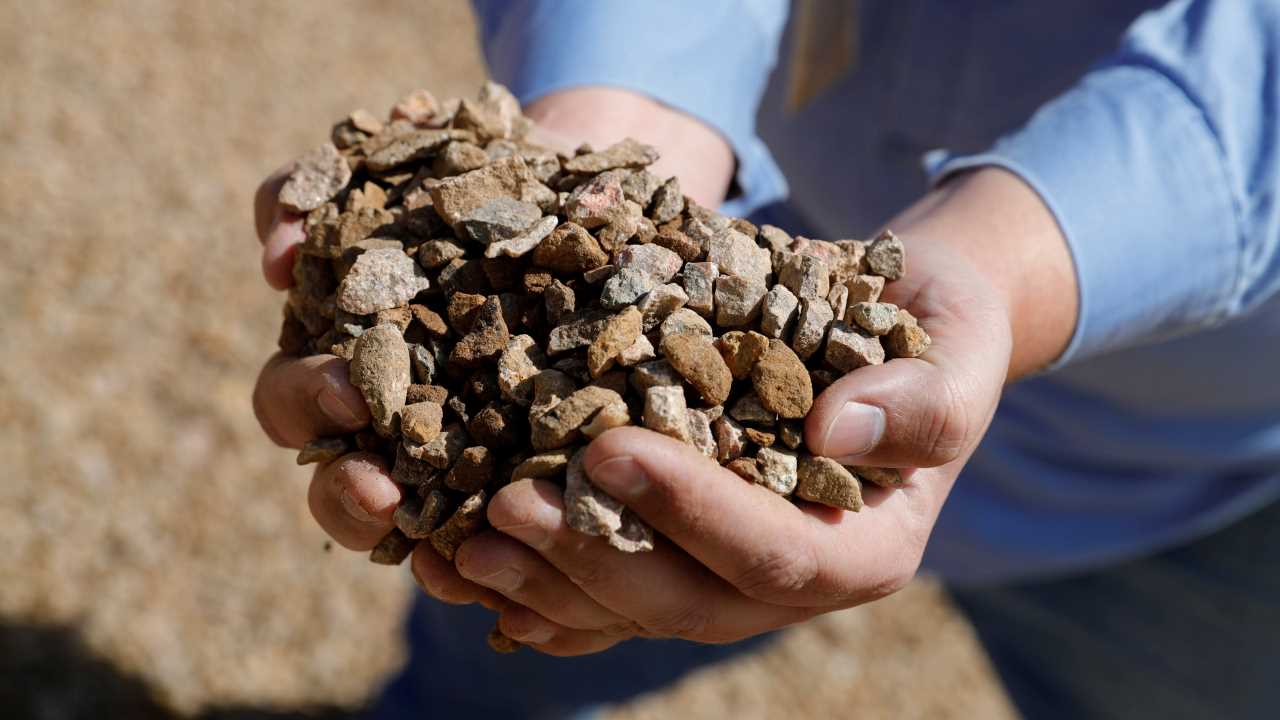
| Company | Value | Change | %Change |
|---|
The Politburo, comprising the ruling Communist Party’s most senior 24 officials and led by President Xi Jinping, announced it will embrace a “moderately loose” strategy for monetary policy in 2025. The body also adopted stronger language on fiscal policy in a readout of its December meeting, saying it’ll be “more proactive” — a change from “proactive.”
In another sign of greater resolve to shore up confidence, officials pledged to “stabilize property and stock markets,” according to the official Xinhua News Agency. They will also step up “extraordinary counter-cyclical policy adjustment,” hinting more tools will be unleashed to boost the economy.
“The wording in this Politburo meeting statement is unprecedented,” said Zhaopeng Xing, senior strategist at Australia & New Zealand Banking Group. “We think it points to strong fiscal expansion, big rate cuts and asset buying.”
“The policy tone shows strong confidence against Trump’s threats,” he added, referencing the President-elect’s vow to impose a 60% tariff on Chinese exports.
The offshore yuan erased losses to trade 0.1% stronger on bets China’s economy will recover due to monetary and fiscal stimulus. The yield on 10-year government bonds slid two basis points to 1.938%. Regional currencies also got a boost from the Politburo readout, with Australian dollar rising 0.3% and New Zealand’s currency trimming losses.
While China has gone through several tightening and loosening cycles in monetary policy recent years, it’s stuck with the overarching characterization of “prudent” policy since 2011. At that time, authorities shifted away from the previous stance of “moderately loose” adopted during the Global Financial Crisis, to cool rising inflation.
The latest departure reflects an urgency to step up the easing mode adopted by the central bank after an expected post-pandemic boom failed to materialize. That push has seen the People’s Bank of China slash interest rates and lower the amount of cash banks must set aside in reserves several times, although authorities have found it hard to spur greater borrowing.
The December conclave typically sets the agenda for the larger Central Economic Work Conference that crafts priorities for the following year, and where officials are expected to discuss the 2025 growth goal.
“Additional policy tools are expected to have significant improvement in volume, quality and effect,” said Bruce Pang, chief economist for Greater China at Jones Lang LaSalle Inc. “Chances for GDP growth target to be set at around 5% have increased significantly.”

